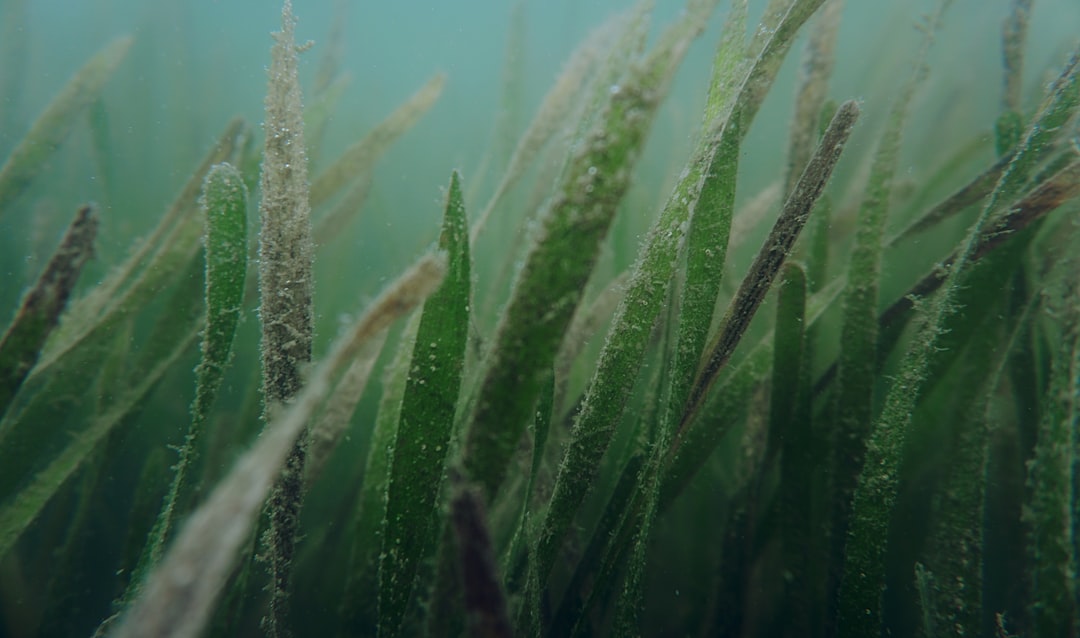What is it about?
The decrease of plant diversity and disappearance of some species is commonly thought to be one of the causes of the dwindling numbers of pollinators worldwide. Our research study shows that indeed feeding on improper plant species might be one of the causes of mass bee die-offs, because the lack of a balanced diet leads to underdevelopment and eventual death of honeybees. Particular plant species, that satisfies the nutritional requirements of bees, may play greater roles than others in balancing the diets of bees. These plants should be promoted in intervention strategies aimed at improve nutritional base for bees, regardless from the amounts of nectar and pollen produced. We propose clover and about 20 other species as such nutritionally balanced plants for bees. Plantations of single-species crops might limit bee development even if the crops are rich in nectar and pollen. For example, sunflower may impose negative effect on bees’ growth and development because of P scarcity in its pollen. Outlying areas of such plantations should be enriched in specific plant species, producing nutritionally rich pollen, allowing for balancing of the bees’ diets. Pollen quality is important for bees; therefore, plants should not be evaluated as adequate sources of bee food based solely on the quantity of pollen and nectar produced. Currently, governments try combat the loss of bees by curbing the use of pesticides and improving the quality of food sources. Knowing plants needed by bees to balance nutritionally the bee diets is something that can put into practice in the efforts to help the industrious insects.
Featured Image
Why is it important?
Reduced plant diversity has been suggested as an indirect factor responsible for the pollinator crisis. Better understanding of the complex relations between the quality of pollen and number and diversity of pollinators can help us indicate a direct factor linking loss of plant diversity with pollinator decline. We propose such a direct factor: scarcity of the right mix of nutritional elements in pollen, which limit growth and development of bees., which may result in more successful intervention strategies. Our results show that seven elements are particularly important for bees: sodium, sulphur, copper, phosphorous, potassium, nitrogen and zinc. These elements are often scarce in pollen but must be provided in high proportion in the food of growing bee larvae. However, the concentrations of these elements in pollen show high taxonomic variability what means that there exist plant species that produce pollen scarce in these important elements but also there exist species producing pollen rich in some of these elements. Based on this, intervention strategies, aimed at providing nutritional base for bees should consider not only the quantity of pollen and nectar produced by plants but also the quality of pollen.
Perspectives
We revealed that mixing pollen species that differ in nutritional composition permits adequate balancing of the diet for the honeybee. However not all plants produce pollen that satisfies the nutritional elemental requirements of bees and mixing of random pollen species is not enough. Therefore, plants should not be evaluated as adequate sources of bee food based solely on the quantity of pollen and nectar produced. Plantations of single-species crops could limit bee development, even if producing large amounts of nectar and pollen. As floral diversity may allow all of the necessary nutritional elements to be gathered in the appropriate proportions, a diverse flora is needed for bee development. Yet, some plant species may produce nutritionally balanced pollen, whereas others plants produce pollen with varying degrees of imbalance. Therefore, particular plant species may play greater roles than others in balancing the diets of bees. In our study we indicated both (1) plant species promoting the bees’ growth, development and health by producing nutritionally balanced pollen and (2) plant species limiting (negatively influencing) the bees’ growth, development and health by producing nutritionally imbalanced pollen.
Dr Michał Filipiak
Institute of Environmental Sciences, Jagiellonian University
Read the Original
This page is a summary of: Ecological stoichiometry of the honeybee: Pollen diversity and adequate species composition are needed to mitigate limitations imposed on the growth and development of bees by pollen quality, PLoS ONE, August 2017, PLOS,
DOI: 10.1371/journal.pone.0183236.
You can read the full text:
Resources
Contributors
The following have contributed to this page










